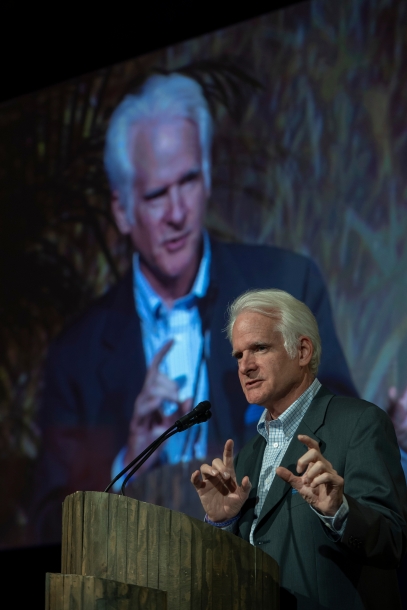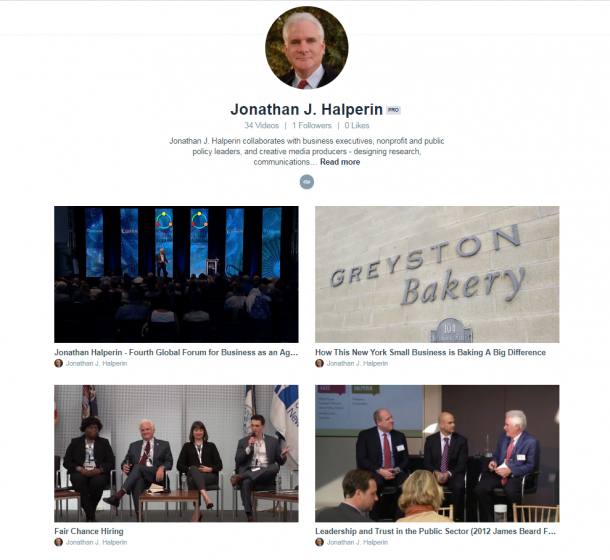You are here
The real climate challenge: Not to accept or adapt, but to restore
To learn more about the film and ecosystem restoration, see the Hope in a Changing Climate project.
How we remember, what we see in our mind’s eye, is of course intimately connected with words and language. And while endless pieces far more clever than I aim to be have been written about the alphabet soup of acronyms that are spawned whenever governments and multilateral organizations convene, there is a more deeply serious aspect to language that matters very much.
While the COP (conference of parties) deliberates IPCC (Intergovernmental panel on climate change) reports and analysis, and the critical importance of REDD (Reducing Emissions from Deforestation and Forest Degradation in Developing Countries) draws more and more deserved attention, not to mention the need to move projects more quickly through the CDM (clean development mechanism), we run a serious risk of boxing ourselves into a linguistic corner if we insist that everything we do about climate change is either mitigation or adaptation.
Mitigation, of course, is trying to halt global warming and adaptation regards plans to adjust to the fact that it is happening and we need to prepare. We are a bit, thus, in a position similar to that of the scientist who celebrates her remarkable breakthrough in inventing the universal solvent, and immediately sets about the task to find an appropriate container in which to hold this invention.
“Climate change,” it always does, “global warming,” though some places will become much colder, and the adaptation/mitigation framework embodies mental concepts that are themselves obstacles to solving the problem at hand. And in some respects, the public is far ahead of the scientific community and much closer to solutions in its failure to embrace phrases that somehow don’t make sense.
Climate is a dynamic system, woven in and through the rain, the sun, the soil, plants and animals (humans included); everything. So to talk about climate change as something to stop or reverse as if it were the pause button on the video player is really to fundamentally miscast the challenge. The goal is to stabilize our climate, to bring it back into harmony with global ecosystem functions (such as the carbon cycle, or course) that are the cornerstone of our existence.
If we step back for a minute, the adaptation/mitigation paradigm is really quite bizarre. It posits a type of human response to something the climate is doing to our species. It posits two competing forces — that bad climate out to get us and a species on-the-run. That is a very odd formulation, dangerously close to ascribing intent to climate.
Rather than posit human civilization as having to adapt or accept what the climate is doing to us, we need to see the challenge as one of restoring equilibrium to natural systems that have evolved over eons. Over geologic and evolutionary time, Mother Nature developed tested methods for carbon capture and storage that we are unlikely to surpass. Why don’t we work with natural systems to stabilize our changing climate? There must be a reason, but memory fails me at the moment.
-- Jonathan J. Halperin

